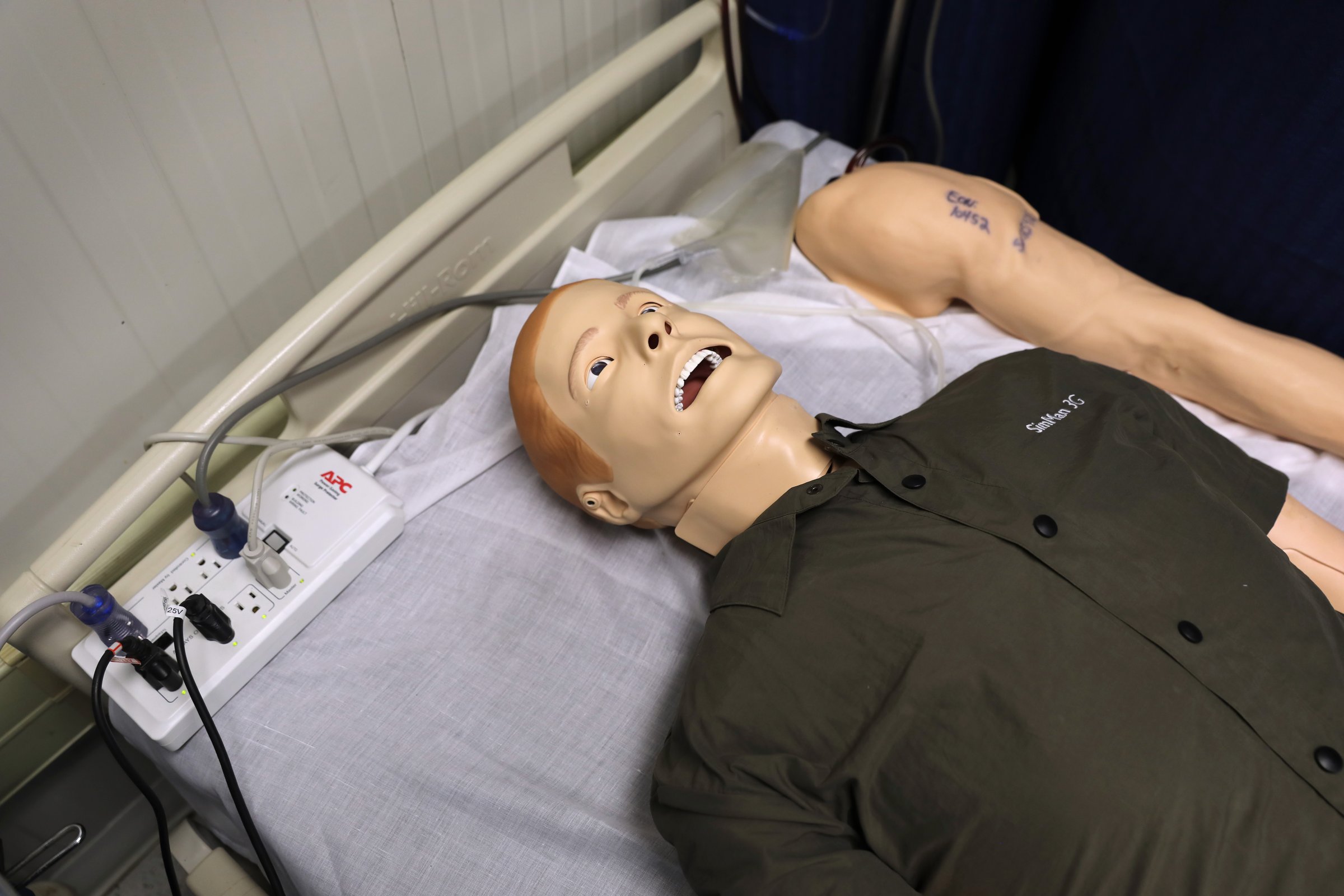
One of President Barack Obama’s first orders following his inauguration in 2009 was to close the prison at Guantanamo Bay, Cuba, within a year. Seven years later, as his presidency comes to an end, the contentious detention center still house 60 inmates — 20 of whom are cleared for release. Compounded with pledges from Obama’s successor Donald Trump to keep the detention center open, rights groups are making a final push to close the facility that at its peak detained about 680 prisoners. But the outcome is less than certain.

Throughout Obama’s presidency, Getty Images photographer John Moore visited the prison several times, most recently in October, to witness how it has changed in those years as the population has dwindled from hundreds to just a few dozen.
Moore’s quiet images— still lives, even— instantly communicate that vacancy at the U.S.’s oldest international naval base. Prisoners have been transferred or released, staff has been reduced. The stillness reflects the halt in progress, too, at a facility that limps away from its closure, hobbled but enduring amidst congressional restrictions.
During each visit, Moore has had to follow the military’s strict rules imposed on media organizations – each of his photographs are checked and approved before being released. “No photojournalist wants to have his or her work censored,” Moore tells TIME. “But I agreed to it going in because I think it’s important to be there, and the military public affairs officers worked very hard to help me make meaningful photos, despite the difficulties.”
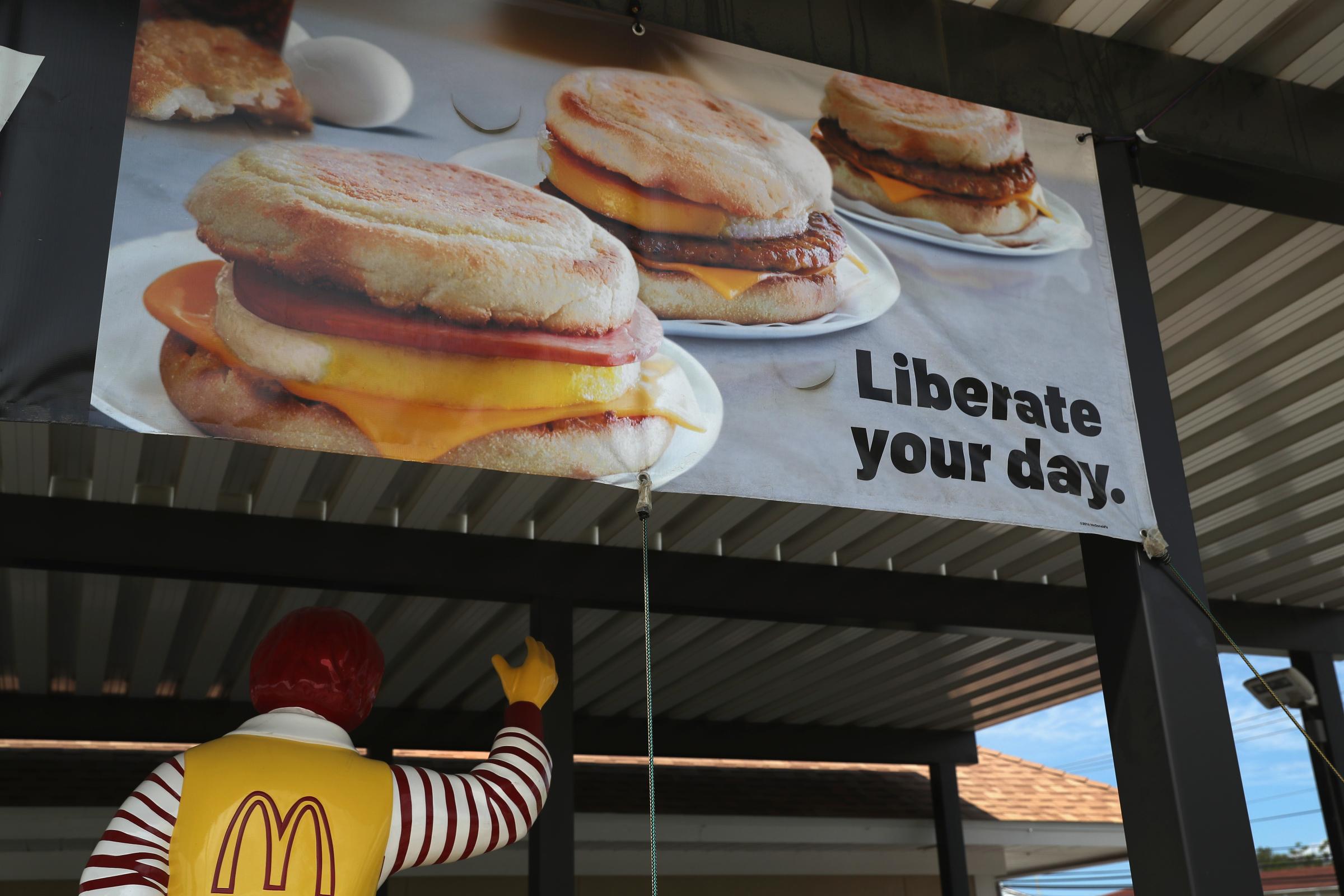
Faced with restrictions on photographing the faces of Gitmo’s guards and detainees, Moore navigated the facility sensitively, capturing haunting images of what could be shown. Absence and presence are at once conveyed, objects indicating the existence of the eerie facility’s residents.
Moore says his fascination with still life scenes can also be attributed in part to the “surreality of the place in general.”
He described why one image from the “boneyard,” where artwork is left by outgoing military units, was particularly poignant: “The central figure in the image is an homage from a still photo of Clint Eastwood. The great photojournalist Eddie Adams actually made that original photo for Parade Magazine in 1992, and it was later used as the poster for Eastwood’s film ‘Unforgiven.’ It was not the first time Adams’ photos were used in unintended ways.”
John Moore is a staff photographer at Getty Images.
Chelsea Matiash is TIME’s deputy multimedia editor. Follow her on Twitter and Instagram @cmatiash.
Olivier Laurent, who contributed reporting, is the editor of TIME LightBox. Follow him on Twitter and Instagram @olivierclaurent.

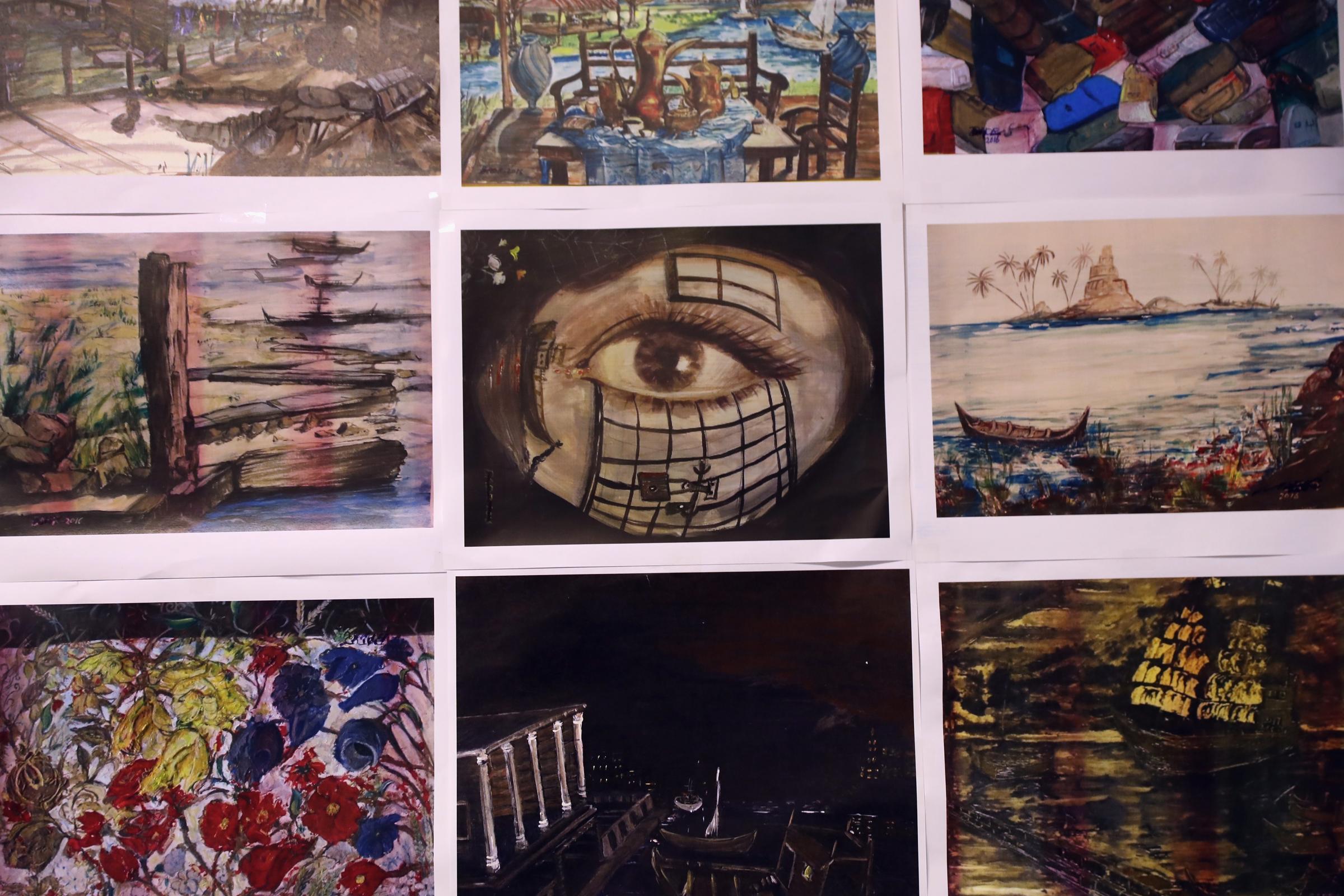
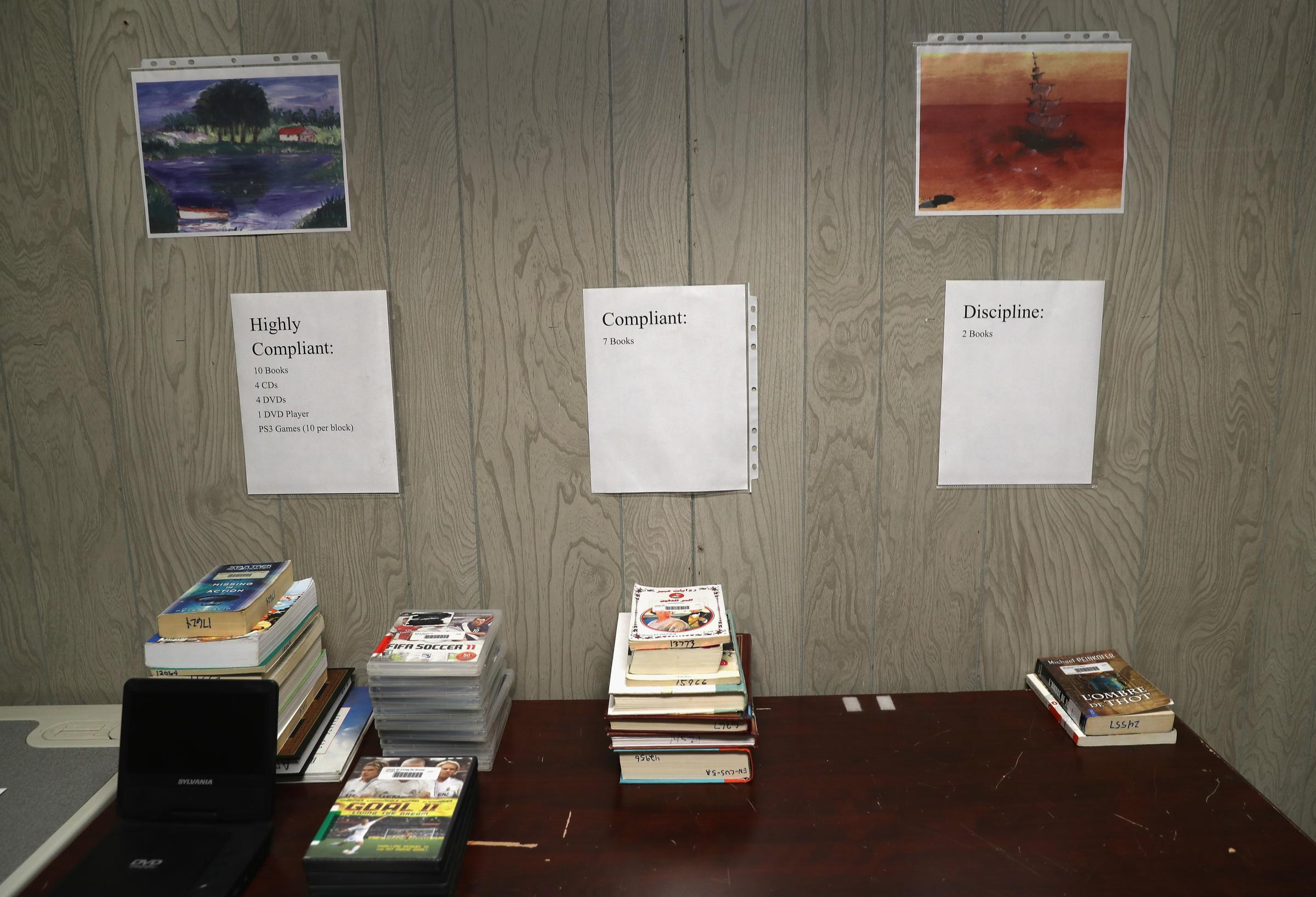
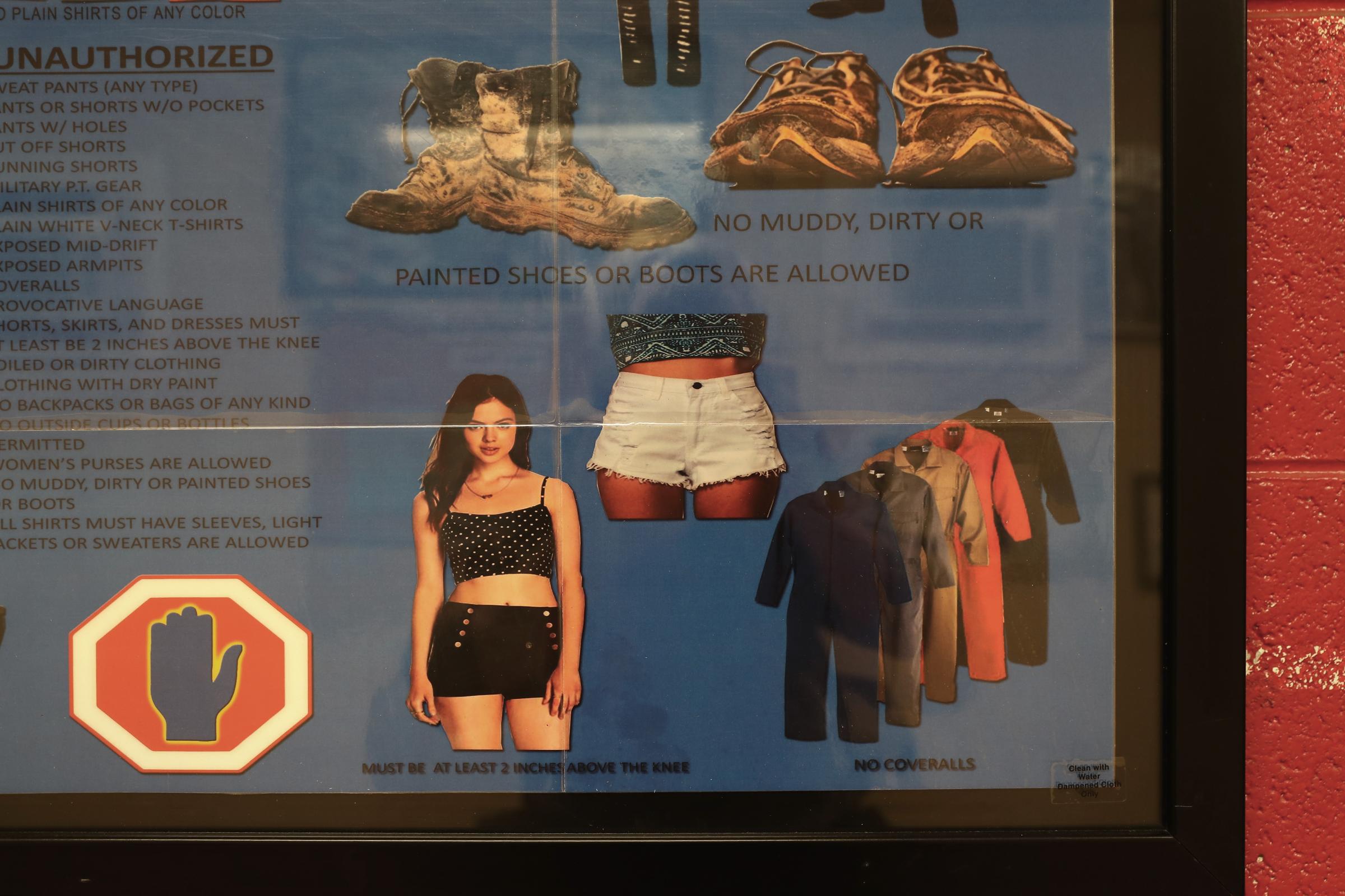

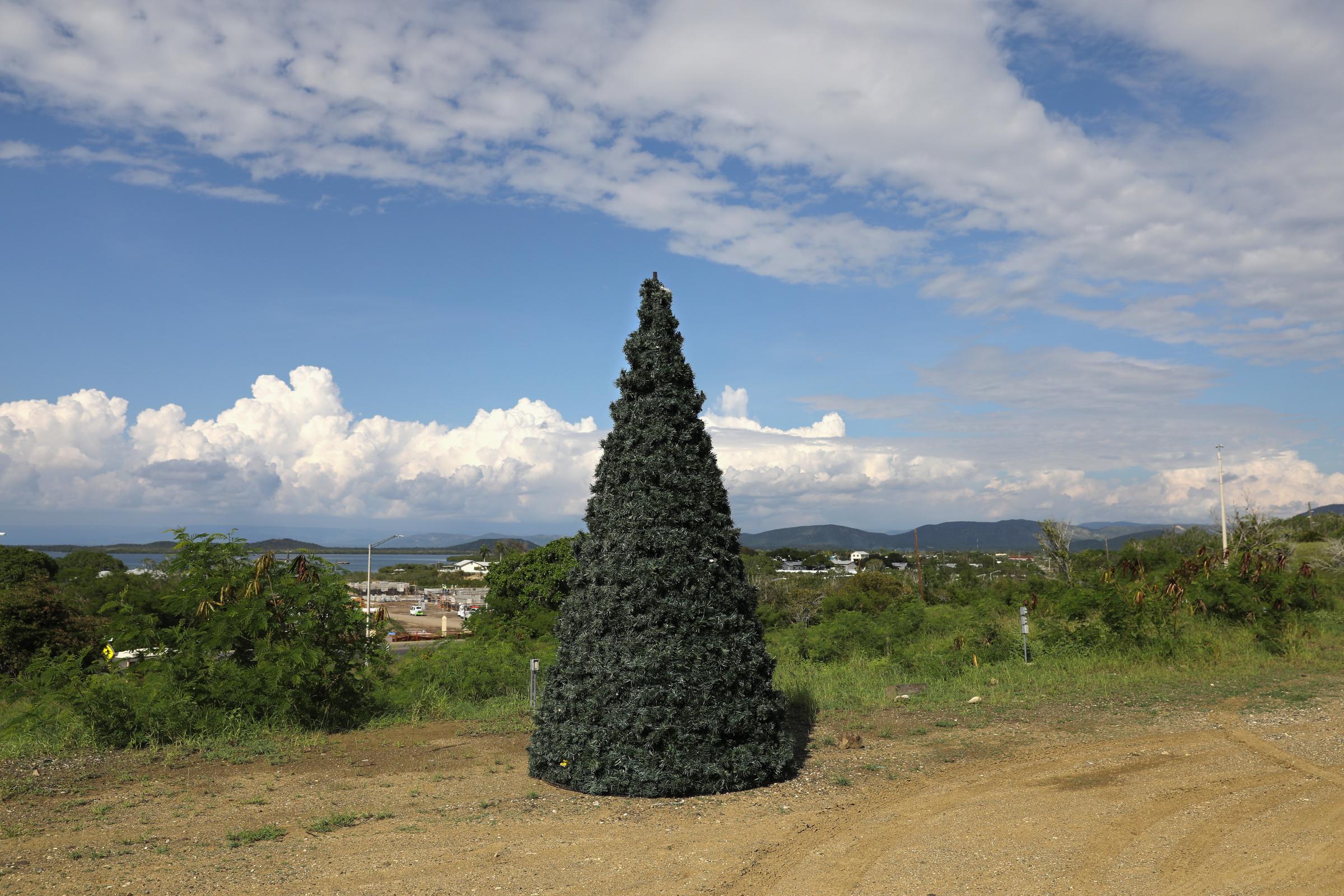
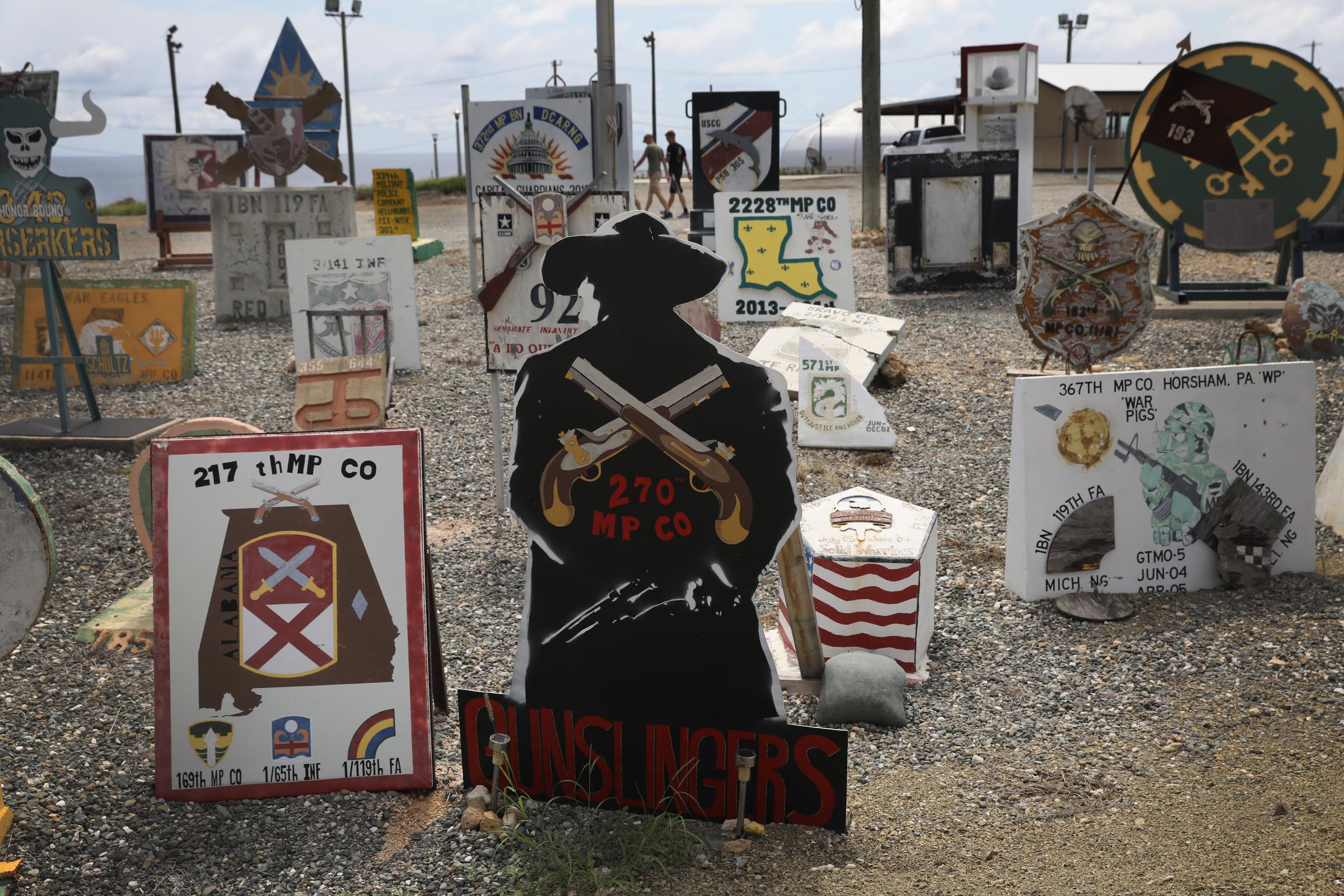
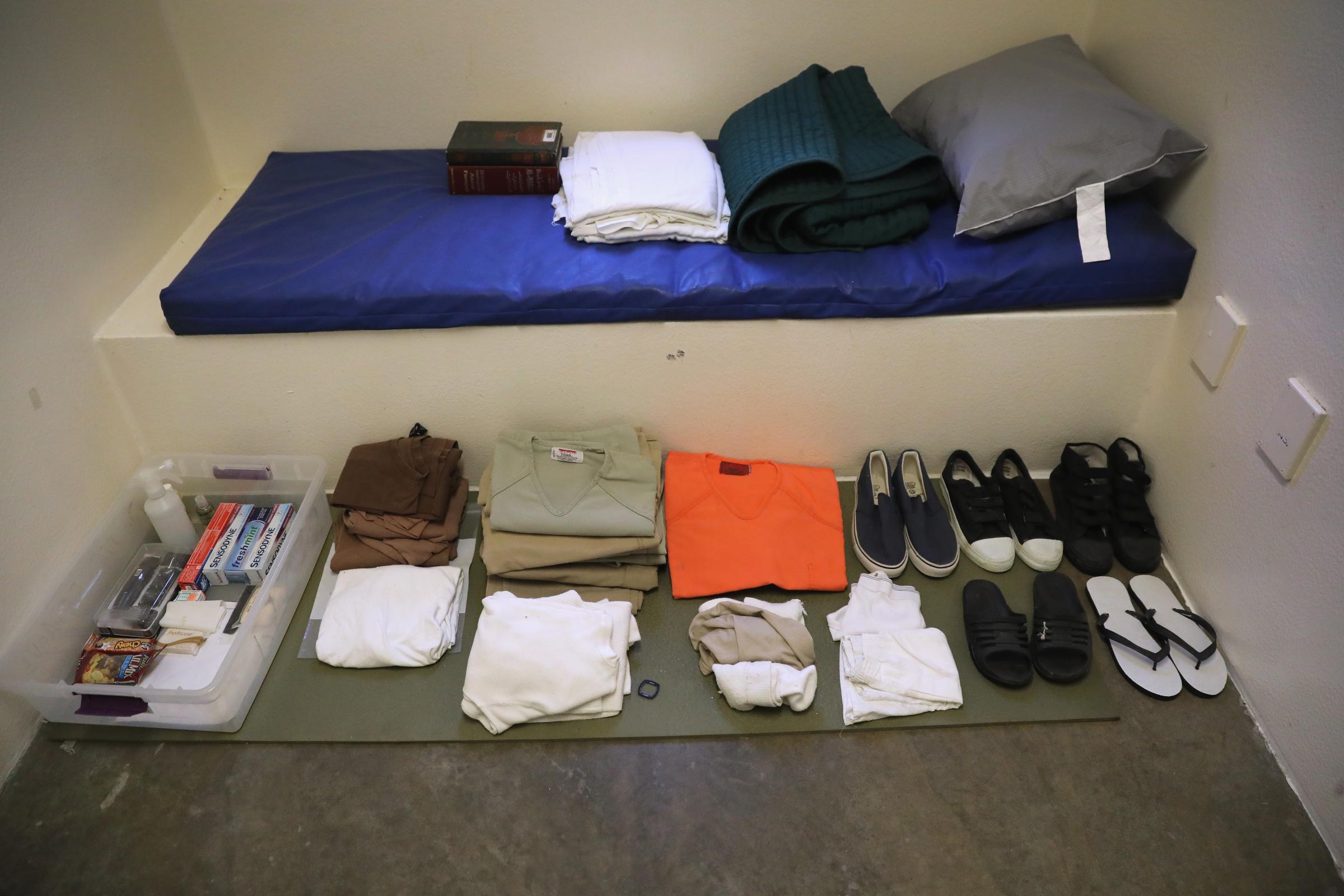

More Must-Reads from TIME
- Cybersecurity Experts Are Sounding the Alarm on DOGE
- Meet the 2025 Women of the Year
- The Harsh Truth About Disability Inclusion
- Why Do More Young Adults Have Cancer?
- Colman Domingo Leads With Radical Love
- How to Get Better at Doing Things Alone
- Michelle Zauner Stares Down the Darkness
Contact us at letters@time.com